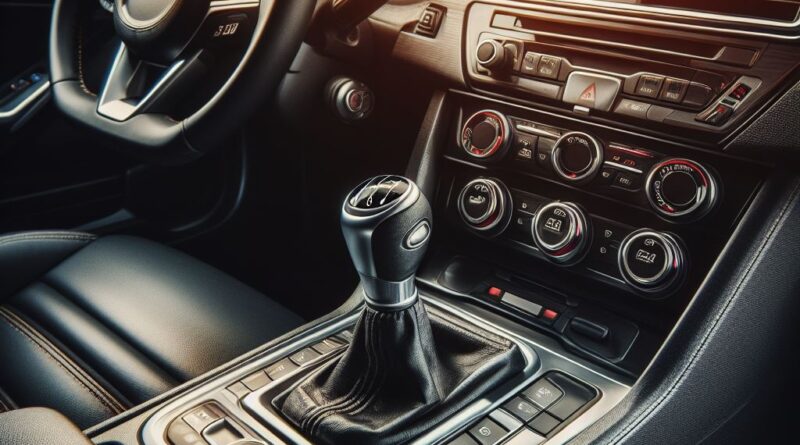Automatic vs. Manual Transmission: Exploring the Differences, Pros, and Cons
The debate between automatic and manual transmissions has long been a topic of discussion among car enthusiasts and everyday drivers alike. Each transmission type offers its own set of advantages and disadvantages, catering to different preferences and driving styles. In this article, we’ll delve into the dissimilarities, pros, and cons of automatic and manual transmission cars.
- Automatic Transmission: Automatic transmissions have gained popularity over the years due to their ease of use and convenience. Here are some key characteristics, benefits, and drawbacks associated with automatic transmissions:

Advantages:
a. Simplicity and ease of use: The primary advantage of an automatic transmission is its simplicity. Drivers don’t need to worry about manually shifting gears, as the transmission does the work for them. This makes it ideal for those who prefer a more relaxed and effortless driving experience, especially in heavy traffic or during long commutes.
b. Smooth gear shifts: Automatic transmissions provide smooth and seamless gear changes, allowing for uninterrupted acceleration and a comfortable driving experience.
c. Accessibility: Automatic transmissions are generally easier to learn for new drivers compared to manual transmissions, making them more accessible to a wider range of people.
Disadvantages:
a. Cost and complexity: Automatic transmissions are typically more expensive to purchase and maintain compared to manual transmissions. In the event of a mechanical failure, repairs can be more complex and costlier.
b. Reduced fuel efficiency: Due to the inherent power losses associated with automatic transmissions, they tend to be slightly less fuel-efficient compared to their manual counterparts.
c. Less driver control: While some automatic transmissions offer manual shift modes, traditional automatics limit the driver’s control over gear selection and engine braking.
- Manual Transmission: Manual transmissions, also known as “stick shifts,” require the driver to manually change gears using a clutch pedal and gear shifter. Here are the key aspects, advantages, and disadvantages of manual transmissions:

Advantages:
a. Greater control and engagement: Manual transmissions offer a higher level of driver involvement and control. Skilled drivers can optimize gear shifts for performance, acceleration, and engine braking. This control enhances the overall driving experience, especially for sports car enthusiasts.
b. Improved fuel efficiency: Manual transmissions often provide better fuel efficiency due to their mechanical simplicity and direct power transfer.
c. Lower maintenance costs: Manual transmissions are generally less complex and have fewer components, making repairs and maintenance more straightforward and cost-effective.
Disadvantages:
a. Steeper learning curve: Learning to drive a manual transmission car requires time and practice to master the coordination between the clutch, gear shifter, and accelerator. This can be challenging for some new drivers or those accustomed to automatic transmissions.
b. Increased physical effort: Manual transmissions demand physical exertion, especially in heavy traffic or on hilly terrains where frequent gear changes and clutch usage are required.
c. Inconvenience in stop-and-go traffic: Driving a manual transmission car in heavy traffic can be tiresome and cumbersome due to the constant need to engage and disengage the clutch.
In recent years, automatic transmissions have become more advanced, offering features like dual-clutch systems and paddle shifters, blurring the lines between the benefits of both transmission types. These advancements provide the convenience of an automatic transmission while retaining some aspects of driver control.
Ultimately, the choice between an automatic and manual transmission depends on personal preference, driving conditions, and the desired level of driver engagement. Those seeking a more effortless and comfortable driving experience may opt for an automatic transmission, while enthusiasts and those who prioritize control and fuel efficiency may lean toward manual transmissions.
As technology continues to evolve, it is likely that automatic transmissions will become more efficient and offer improved fuel economy, bridging the gap further between the two options. However, for now, understanding the differences




